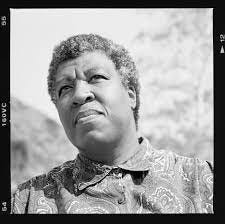How to Write a Bestselling Novel: 4 Tips from Octavia Butler's Notes
"Create a real world for them and for you."
Let me begin with a big welcome to the hundreds (!) of new subscribers who found Noted in the past few weeks: I’m so glad you are here! If you are new, you might not know that (thanks to paid subscribers) I visited Octavia Butler’s archive at the Huntington Library in California in January.
Also, I’m happy to announce that, wit…
Keep reading with a 7-day free trial
Subscribe to Noted to keep reading this post and get 7 days of free access to the full post archives.





